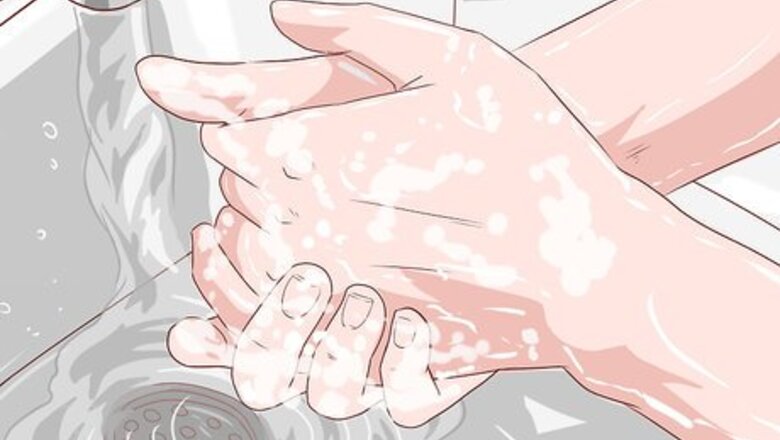
views
- Wash your hands before you get started to avoid spreading germs.
- Cover the scab with a layer of thick concealer that matches your skin tone.
- Blend with a clean sponge and dust with translucent powder to set the makeup.
Covering a Scab with Makeup
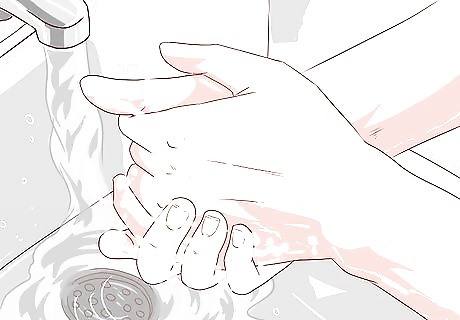
Wash your hands before touching the scab. Dirty hands mean bacteria, which can cause an infection. Wash your hands with soap and water first. Afterwards, wash them again to prevent spreading germs in your makeup.

Dab a small amount of moisturizer onto the scab. Break out your normal skin moisturizer and use your finger to dab a little bit over the scab. Let it sit on the scab for a few minutes as you get the rest of your makeup ready for use. Doing this first softens the scab so it doesn’t look dry and scaly later.
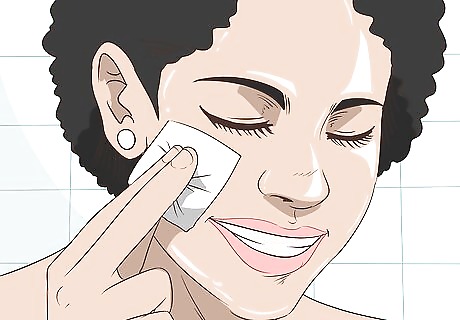
Swab off excess moisturizer with a cotton ball. When you’re ready to begin covering the scab, remove the remaining moisturizer. A cotton ball is soft enough that it won’t disturb the scab. Dab it on the area until it feels clean. Many moisturizers have oil in them that can ruin makeup, so it's important to make sure the scab is dry.

Cover the scab lightly with foundation. A good foundation is one that matches your skin tone. Load up a small amount of the foundation on your finger and dab it onto the scab. Be gentle, as damaging the scab leaves you with an angry-looking sore that’s more difficult to cover.
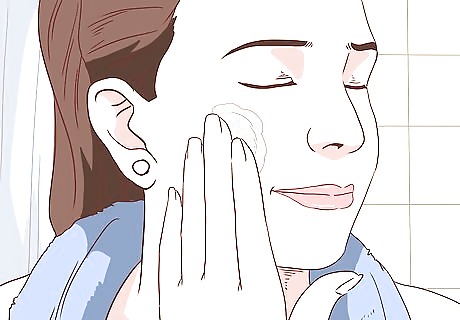
Top the scab with a small amount of thick concealer. A thinner concealer won’t hold your makeup in place, so opt for a thick and creamy one. Again, put a small amount on your finger and dab it on top of the foundation. If the concealer is the color of your skin tone, it should do a great job of hiding the scab. For large scabs, you can try two shades of concealer. First apply a white concealer. When it dries, cover it with your normal concealer.
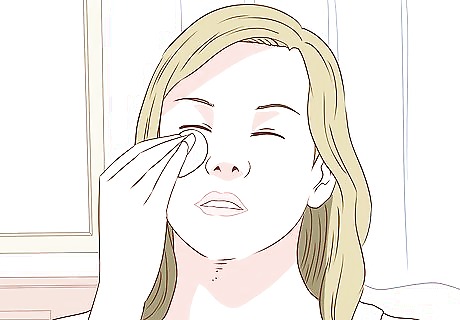
Blend your makeup with a small sponge or brush. Foundation and concealer brushes are generally too large for scabs. Instead, opt for a small makeup sponge, lip brush, or eyeliner brush. Dab it around the edges of the scab to blend the makeup until it looks natural.

Dust the scab with translucent setting powder. Dip a small brush or finger in the powder and dab it over the scab. Only apply a thin layer so that it doesn’t cake. When done right, the translucent powder won’t be visible, but it’ll hold your makeup in place all day.
Reducing a Raised or Inflamed Area
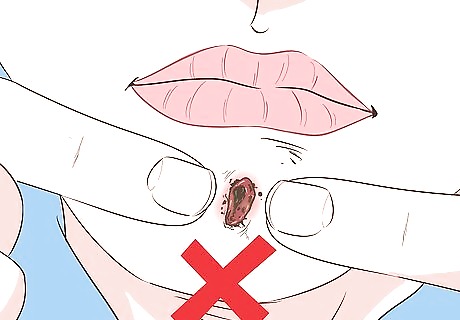
Stop picking at the scab. Scabbing is a healthy recovery mechanism for skin, so leave it alone! Picking makes the situation worse. Instead of a scab, you’ll end up with a nasty red sore or an infection. These are more difficult to subdue with makeup, so don’t let the situation get that far.

Apply a hydrocortisone cream to reduce itchiness. To prevent picking, pick up a tube of anti-itch cream from a drug store or similar location. Gently rub a little bit of the cream on top of the damaged area. It’ll prevent that maddening desire to itch, so you won’t feel tempted to disturb the scab and makeup covering it.
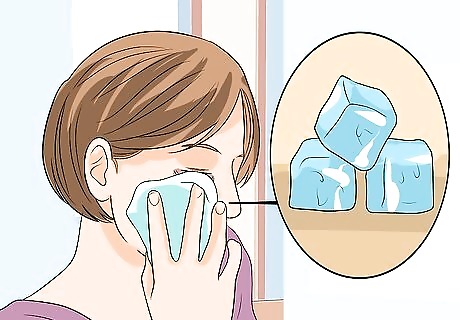
Reduce the swelling with ice. Wrap an ice cube in a damp face cloth or ice pack and hold it to the area until the swelling abates. Hold the ice in place for ten minutes. To fully reduce the swelling, do this three times an hour. Make sure you disinfect the cloth or ice pack so they don’t infect open wounds.
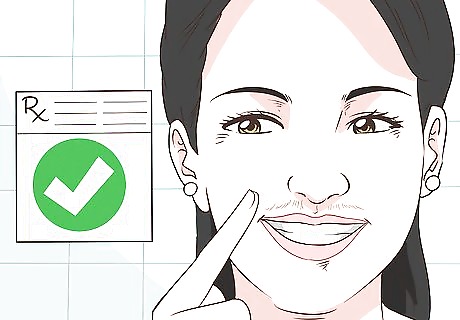
Treat an open sore with a topical antibiotic. For swelling that refuses to go away, use an antibiotic such as Neosporin. First wash your face, then apply a small amount of the antibiotic to your sore spot. It’ll take at least a day, but it’ll kill the bacteria and make covering up the scab a lot easier.

Apply eye drops to reduce redness. Now that the swelling is gone, reduce the redness so you can cover the spot with your ordinary foundation. Check the packaging on the eyedrops to make sure they’re designed to treat eye redness. They’ll work on inflamed skin too, so add a drop to a cotton swab and hold it over the area. After a minute, it should look much better and can be covered easily with makeup.




















Comments
0 comment